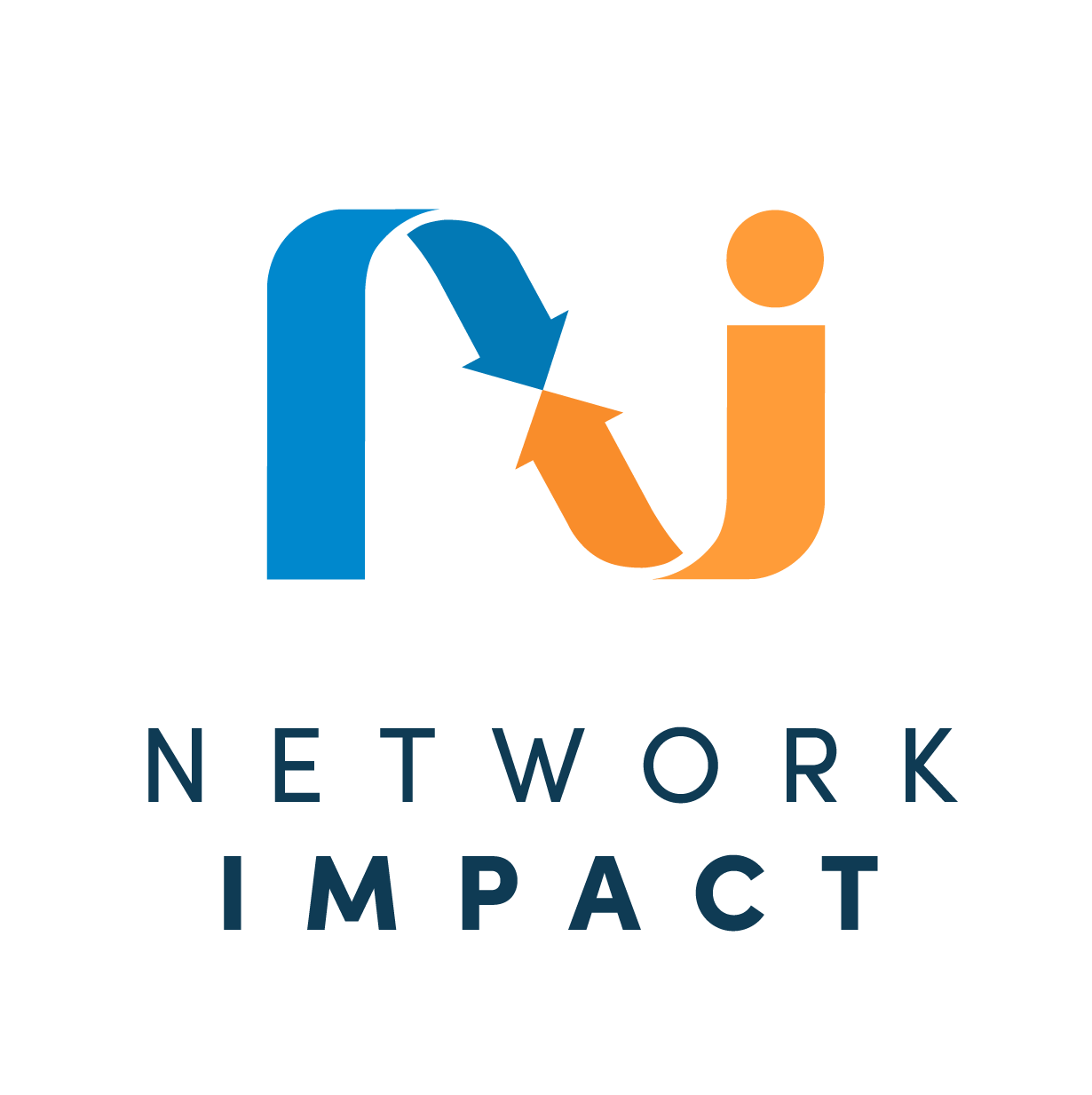Talking Networks for Social Change
November 2009
Plastrik & Taylor talk with network maven Beth Kanter (and her video camera and blog.)
This blog post is a republished version of one written by Beth Kanter, whose blog on non-profit operations and technology is one of the more respected resources on the subject. You can also watch the video of our discussion – Net Gains Authors talk about Networks
Blog post: Drawing Networks on Napkins with Peter Plastrik and Madeleine Taylor
Last week at the Packard Foundation, I finally had an opportunity to meet Peter Plastrik and Madeleine Taylor face-to-face.
I first came across their thinking and work on building social networks for social change via the resources section on the Barr Foundation web site back in 2006. Peter Plastrik and Madeleine Taylor co-wrote “Net Gains,” one of the first practical handbooks on building and working in networks for social change. Whether it is a network of organizations or individuals, this handbook provides a wealth of theory and practice on build, manage, and fine tune a network.
Peter is a president and co-founder of nuPOLIS, the Internet presence of the Innovation Network for Communities (INC), a national non-profit helping to develop and spread scalable innovations that transform the performance of community systems such as education, energy, land use, transportation and workforce development. Madeleine is co-founder and principal of Arbor Consulting Partners, a research and consulting group led by senior social scientists. We talked a lot about network practices. It was a fantastic opportunity to identify similarities and differences between building networks of organizations as well as individuals – and of course how to weave together the two.
There are many parallels to the use of social networks like Facebook. I was particularly interested in hearing their views on how to ignite a network – how it to get it started. For those who are working on social networks and looking at how to catalyze their crowds on places like Facebook or Twitter – the advice resonated. Do you know what the group’s value proposition is? Do you know what the individual value propositions are? (What’s the pork chop factor?) It’s all about building trust and relationships. It reminds me of Eugene Eric Kim’s point about networks – everybody is people. Peter and Madeleine describe networks as “platforms for relationships.” And the goal of those relationships can be learning, collaboration, policy, service delivery, advocacy, mobilizing or action.
Peter is one of those people who likes to draw his ideas and at one point he got up and drew a grid on the whiteboard about the different types of networks and what interventions are needed for success. Later, I found the chart in Net Gains. We also discussed the whole issue of network evaluation and the difficulty of measuring those relationships versus a specific impact. Also, the idea of faster tools like social network analysis that give us real time information and the need for someone who is embedded in the network as a real time evaluator. And, of course, what metrics to use.
Madeleine shared a copy of the network health scorecard, a diagnostic tool that networks can use to reflect on how to improve. She also discusses it in the video above. During lunch, we discussed the field of network building for social change – what’s needed to build this field? This is the drawing on the napkin that is described by Peter in the video. Peter and Madeleine raised some interesting questions about the use of social media and support of network’s work in a brief outline and I’ve pulled a couple of questions to chew on:
What are the hypotheses about the differences social media can make for achieving a network’s goals – learning goals, policy advocacy goals, innovation goals, and others?
What patterns can social media use reveal that provide strategic insight for network?
How can social media be used to build high-quality connections, a motivating relationship between members and build trust and reciprocity?
One of the topics we discussed was about the skills and practices of network weavers – whether they are working with networks of organizations or supporting an organization’s network of supporters on Facebook. As Madeleine points out in the video above, a network weaver is looking at how people are connected and what value they are getting from being connected. A key skill of the network weaver is to pull out threads and pull people together. As Madeleine notes, “it isn’t about everyone being connected to everybody all the time.” A big part of the network weaver’s job is pattern recognition and that requires a sort of scanning and watching – that takes time. I also pointed out that it uses a different part of your brain and there is a need to shift mindsets to get other types of work done. I tend to map my “working the clouds” work in short, time boxed bursts. I tend to do it when my concentration is at a lower point. But, when I have to write or blog or think about something, I find more and more that I need to stop being social – not do Twitter, Facebook, or email. I also need to put classical music on my Ipod and concentrate in a different way. I’ve also found that I need to do something physical to transition between the two – like take a walk or simply walk around my desk. Peter described an interesting framework for thinking about this use of time:
Activities that can be done while doing multiple tasks
Activities that require quiet and doing that one task
Activities that require several days of concentrating, creative immersion, and laser focus on that task
All in all, a great discussion about networks.
